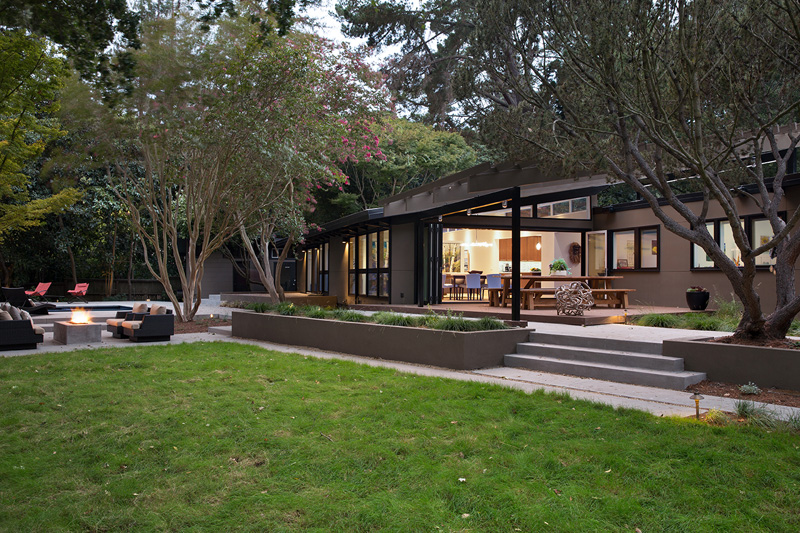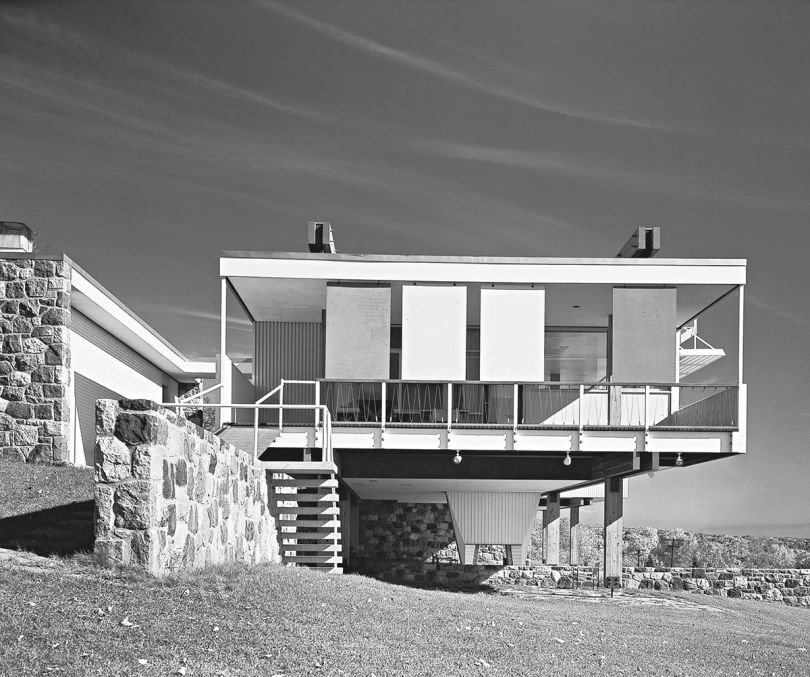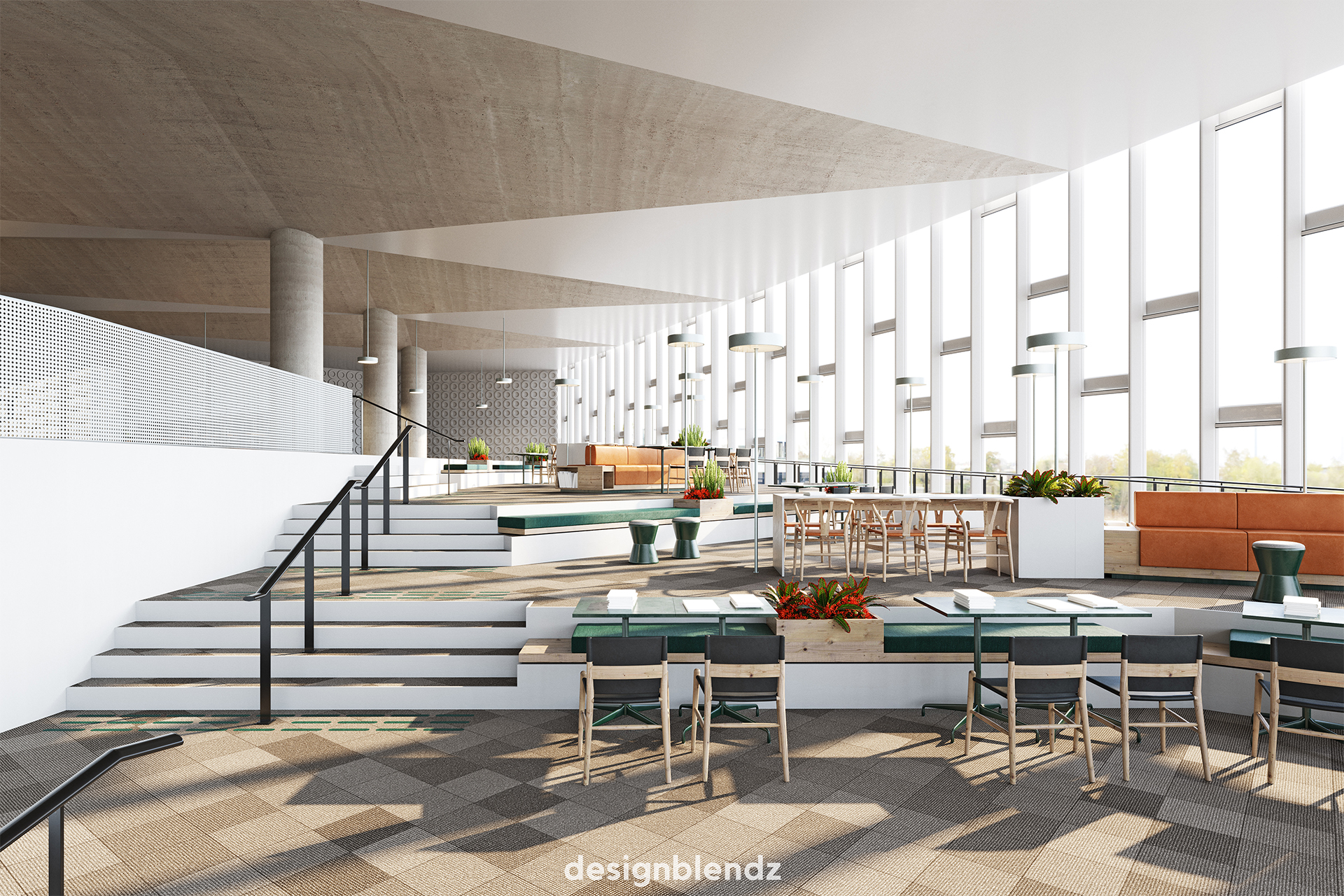Are you curious about the difference between contemporary architecture and modern architecture? Read on to learn more about these two very different styles and the look they bring to a home.
The Basic Difference Between Contemporary and Modern Architecture
To put it simply, modern architecture typically points to a style built between the early 1900s and the 1950s. It's a very distinct, defined style, and it doesn't change.
So while you might think of "modern" and see images of houses built today, that's actually not what it means in terms of architecture.
Contemporary design essentially means "the style of today." It's not something you can pinpoint because styles, fashions and trends change so quickly.
To put it simply, "modern" refers to a specific period in American history, and "contemporary" refers to the ever-changing trends in house design.
What Is Modern Architecture?
Now you have a better understanding of the basics, let's break it down a little more for you.
The modern design came after a long period of highly decorated and ornate home design that held high favor at the end of the 19th century. At the time, eclecticism, Victorian and Edwardian styles were the lay of the land, and architects sought to go against these traditions.
Modernist architecture emerged in the 20th century and created homes that didn't have that ornate flare that homes of that time were so used to. Instead, the homes had open floor plans, asymmetry and huge panels of windows or glass walls.
They wanted to create a simple home that was also highly functional. They left out anything unnecessary.
When modernism was created, technology was starting to take hold. More and more people began moving away from their roots and into fast-paced environments. This move left little room for creativity, spirituality and emotional connection.
Modernists wanted to allow the people who lived in their homes to feel closer and more connected to nature. And because of this, they built houses to eliminate the boundaries between inside and outside. They wanted the outside of the home to complement the environment around it.
Highlights of Modern Architecture
A home using modern architecture often shares these characteristics:
- Utilitarianism: Rather than making a structure flashy and ornate, modernism focuses on function, creating open floor plans that allow for easy adjustment.
- Environmental connection: While the sharp angles of modern styles may appear to contrast with nature, these buildings often use many windows for light and airflow, as well as unpainted wood and other natural materials in their interiors.
- Clean lines: Modern architecture relies on simple lines, either curved or straight, not adding much additional detail.
- Comfort: While modern design may look less comfortable from the outside, it uses natural materials and focuses on cozy rather than decorative interior furniture.
Today's Modernism
In today's world, you might look at a home designed to look modern and consider it to be cold. Those stark lines and minimalism might seem off-putting at first, but when you step inside, you might be surprised at how warm it is.
This warmth you feel is probably because of the dark, rich woods and marble that homebuilders used to create their homes and all the warm colors that were popular at the time.
In recent years, we’ve seen many elements from classic modernism begin to make a comeback in architectural and interior design. The effects of the COVID-19 pandemic have made a lasting impact on how we style ourselves and our living spaces. With people spending more time at home, the minimalist, functional, connected-to-nature aesthetic has found its way back into style so that modern architecture today is alive and well.
We now see our homes as a place to retreat from the chaotic world — a place where we can function productively in the event of another lockdown situation. The modernist idea of tearing down the boundaries between inside and outside especially makes a perfect fit in today’s society to bring clean air into our homes and feel connected to nature even when we have to stay indoors.
What Is Contemporary Architecture?

While modernism puts down roots in nature and simplicity, contemporary architecture looks at what is going on right now. Contemporary architecture definitions capture this meaning by referring to this style as anything happening in the current year.
Contemporary style changes quickly but has some common characteristics. For example, architects that build homes in the contemporary style usually create their homes to be as innovative and advanced as they can.
These homes will almost always appear more complex than modern homes do. They try to incorporate different styles and create free-form lines and movements within the structure.
Contemporary homes started to appear in the 1970s, but that doesn't mean that the style stayed the same. Remember, contemporary style sticks with the times and what is popular right now.
Contemporary homes and modern architecture share many features, so it can be hard to pick out which is which. Sometimes a contemporary label on a home means it has been influenced by different styles.
Today, many contemporary homes pay homage to craftsman-style homes while keeping up with large, open floorplans that modern homes made famous. Interestingly, they never rely too heavily on one style — instead, they always look at all of them as equals.
Contemporary Architecture Today
A contemporary home in today's world is one that includes many high-tech features. Eco-friendly homes are on the rise, and with that comes the development of more energy-efficient measures and sustainability.
Homes made from repurposed barn wood or old shipping containers are also quickly rising in popularity. Many build contemporary homes meant for living off the grid, with sustainable technology like solar panels and water collection to power everyday life.
Because contemporary architecture reflects the society in the current time, we’ve seen a significant change in what was considered “contemporary” pre-pandemic. Due to labor shortages, increasing material costs and high demand, contemporary architecture has become less about looks or aesthetics and more about sustainability and practicality. Architecture has become more eco-conscious by integrating high-tech innovative contemporary materials and using local and natural resources.
Contemporary architecture often reflects its more eco-conscious focus in its appearance. Buildings include designs that mimic natural earth elements like trees, caves or bird wings. They often feature walls of greenery to incorporate life into otherwise harsh city or residential environments.
Modern vs. Contemporary Design
Let's put the visual differences between contemporary and modern architecture aside for a moment. There's another interesting difference between the two.
In general, when listed as "modern," homes sell much faster. This fact is surprising because truly modern homes are more expensive than contemporary homes.
The reason for this difference in time on the market could be that people believe in a negative connotation of the word “contemporary.” Homebuyers often think the word means “dated.” Since the term “contemporary architecture” gained popularity in the 1970s, many still use this term to refer to homes built during that period rather than today's houses. When people think of “dated” architecture, they likely imagine traditional design.
Old Architecture vs. New Architecture
Contemporary architecture is new architecture, while traditional architecture is considered old architecture. Traditional architecture typically used readily available resources like stone, bricks and wood in its construction. Many traditional buildings still exist, and people reuse them or consider them inspirations for new construction.
Those who build in traditional styles often demonstrate an ethical commitment to local people, cultures and traditions. Buildings tend to fit with the natural landscape rather than stand out. Traditional styles are also a great way to preserve old buildings and remember a building's history.
Can Different Architectural Styles Work Together?
No rule exists to limit you to a single design style. Maybe you like the simplicity of modern styles but prefer something more energy-efficient, so you use contemporary architectural ideas to achieve that goal. Some people even combine traditional and modern techniques by preserving an old brick building while incorporating an addition that employs the simple lines and metal materials preferred in modern architecture. Contemporary design is, in some ways, a combination of the best of previous styles with new elements added to update the designs.
Which Type of Design Is Better?
If you're looking for a home and are unsure whether you prefer modern or contemporary architecture, remember that both styles offer beautiful benefits.
Over the past few years, a lot of contemporary architecture has blended in elements of modernism that would benefit our current society. Details such as open floor plans, a connection to nature and a minimalist appearance have been increasingly popular since the pandemic.
If you're ever unsure of the definition, think of it this way: modern indicates a specific period, and contemporary means "right now."
Familiarizing yourself with different ways of incorporating modern and contemporary design styles is a great place to start when studying architecture. If you are studying to be an architect, check out Designblendz's career opportunities.






